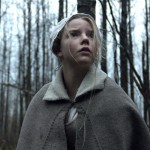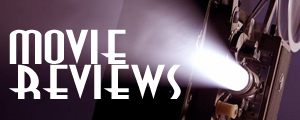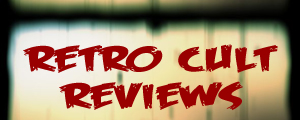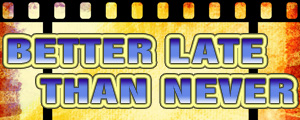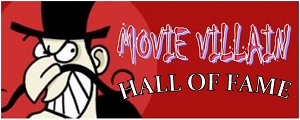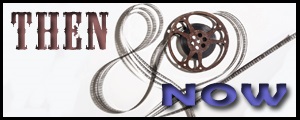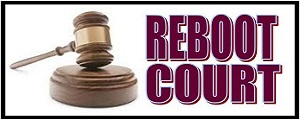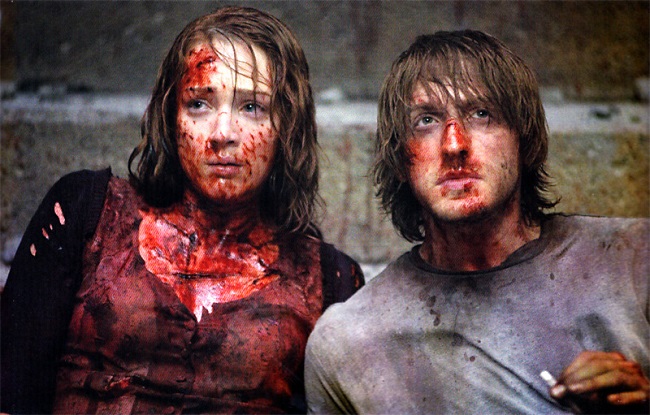

I've often heard The Cabin in the Woods described as a deconstruction of the horror genre. And it is somewhat that, to an extent. But I'm glad that's not all it is. After all, using a horror movie to deconstruct horror movies isn't exactly a new concept. Scream is 16 years old now. Even horror films you wouldn't think of as being brainy have gotten into the act. Remember that scene in Jason X where Jason is distracted by a holographic recreation of Camp Crystal Lake, circa the start of the 21st century, which basically just features a couple of naked hotties begging to be macheted? That is deconstruction, my friends. In a Friday the 13th sequel. Set in space. So, suffice to say, we've been here before.
Which is why I was happy to see that deconstruction wasn't the only thing Cabin partners in crime Joss Whedon (co-writer, producer) and Drew Goddard (co-writer, director) had in mind. Sure, it plays a significant part, but The Cabin in the Woods is also about something that's far too lacking in horror films these days: FUN. Cabin is an insane amount of fun.
The movie opens on two schlubby, aging white-collar workers (Richard Jenkins and the film's MVP, Bradley Whitford) going about some monotonous yet mysterious job in a lab building that looks like one of those Dharma stations from Lost. Just another day at the office, even if it's clear the work being carried out has malevolent undertones. Then, the focus shifts to five college kids (including Thor's Chris Hemsworth) taking a trip to the titular cabin for a weekend of sex, drugs and blowing off steam. Any aficionado of '80s slasher flicks knows this part of the story well, and it's not a surprise to see the quintet begin to make the same mistakes that have defined hundreds of horror movie victims before them. Except Cabin will no sooner present a particular horror-movie convention as part of its plot before it starts to twist it. Yeah, we see the creepy, redneck gas-station owner who barks vague warnings at the kids about the hell they're about to go through, but the surprising (and quite funny) part comes later when the movie returns to that guy after the kids have ignored his grave portents and gone on their way.
As Cabin progresses, it bounces back and forth between the kids at the cabin (who are being stalked by something evil, of course) and the guys at the lab, and their stories begin to mesh together in grotesque and uproarious ways. Then, about two-thirds of the way through, the movie stops holding a magnifying glass up to '80s horror tropes and instead starts reveling in them. It's like Whedon and Goddard arrived at that spot in the script, looked at each other and said, "Well, we've tweaked the genre enough. Now let's let 'er rip." The sheer amount of on-screen mayhem in Cabin's last half hour can barely be processed in one sitting.
And "mayhem" is the right word here. The movie is marginally bloody and offers one or two good scares, but what it really traffics in is pandemonium. Cabin doesn't have the pathos of Whedon's best known work, but it provides further proof that he's a master at blending plot, character and jokes into a cohesive hole. Seemingly innocuous bits of dialogue in the movie's first half are called back to with great effect once shit hits the fan later on. (One word: Merman.) Goddard directs the whole thing capably, making sure that even when the frame is filled from top to bottom with nightmares made flesh, the viewer always knows what's important to focus on.
Cabin in the Woods sat on the shelf for nearly three years thanks to release delays and then the collapse of MGM, its original studio. But it doesn't feel a bit stale now that it's here, providing a jolt of originality to a genre that is often in dire need of it.



